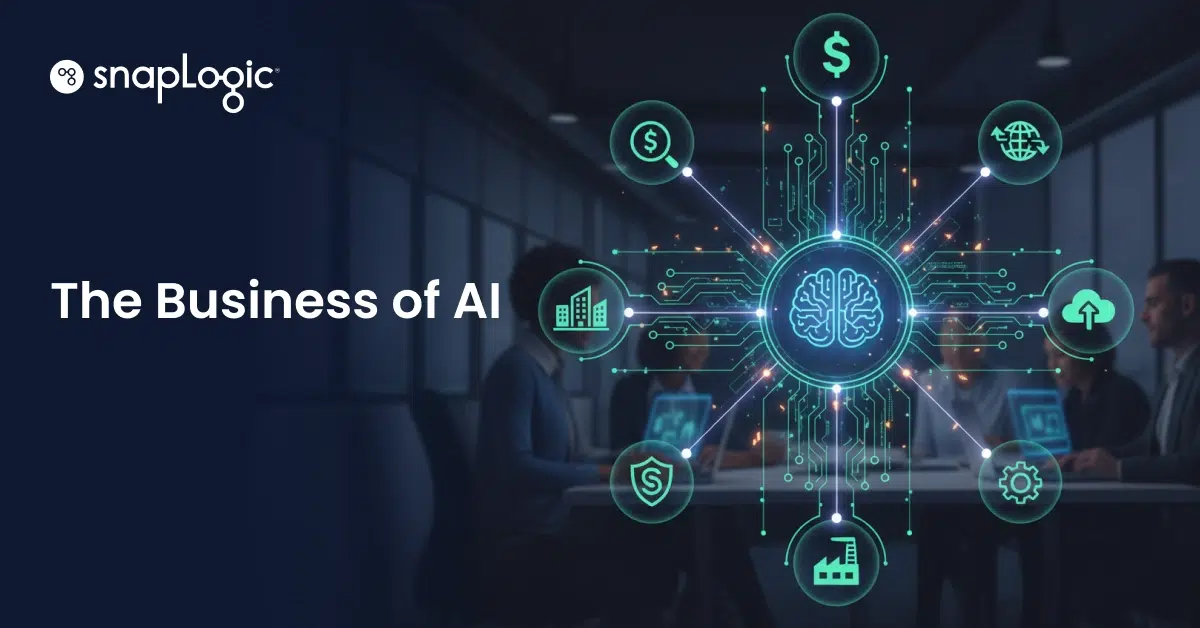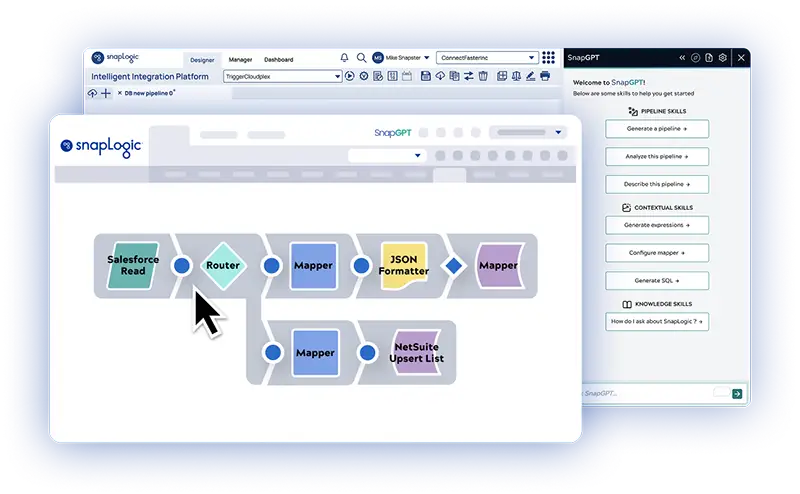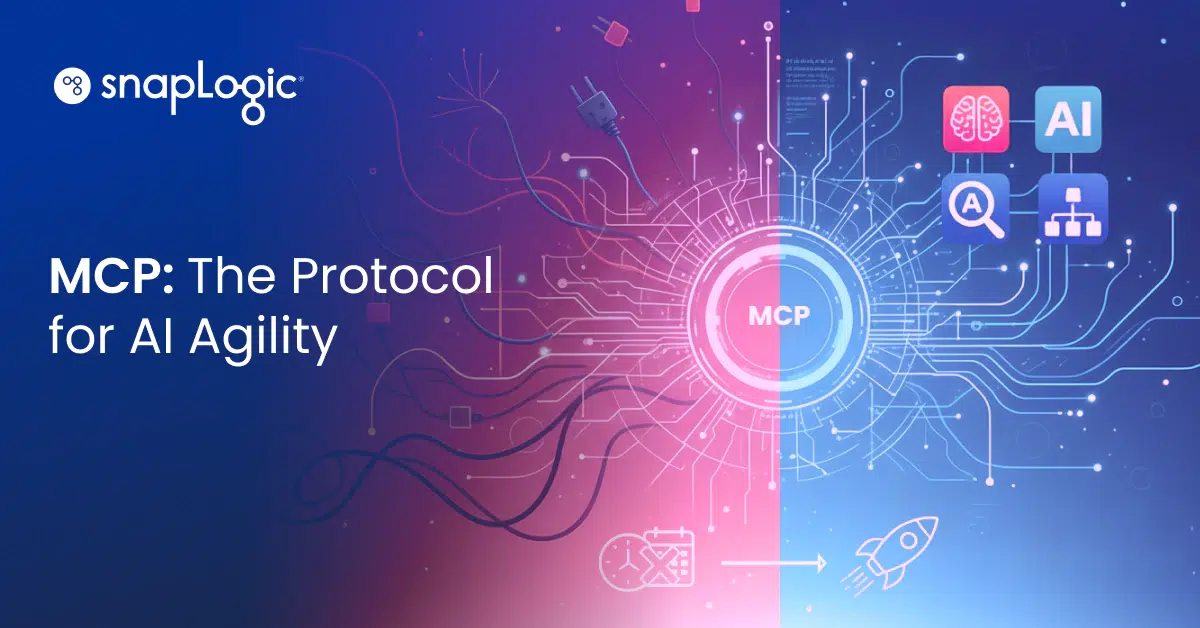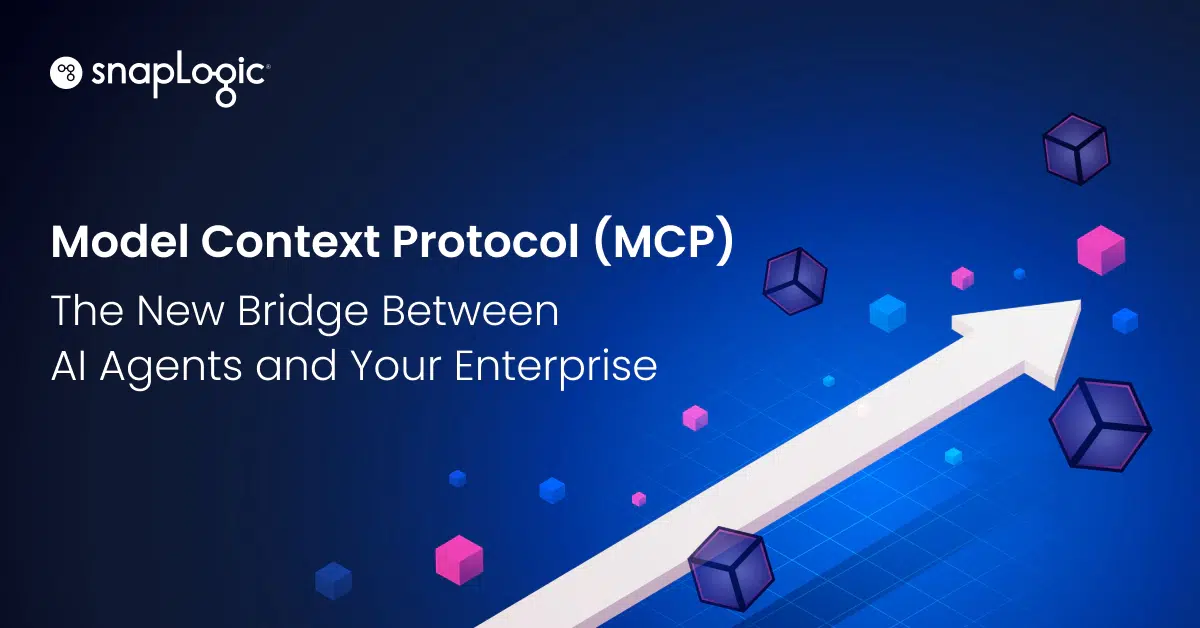A sure sign of a maturing market is when the conversation shifts from talking about the technology in industry journals to talking about the financial models in more generalist outlets.
This article in the Financial Times, entitled “From AI to ROI: some positive evidence,” is a case in point, summarising the results of a study of real-world impacts of AI projects in various companies and domains.
The future of work
While some of the more negative and sensationalist coverage of AI implies that it is going to eliminate large numbers of jobs, that does not seem to be the case:
“The results suggest AI is best used to augment human analysts, rather than trying to replace them. This is not something which is likely to change as AI models improve — high-stakes decisions, in particular, are likely to remain the purview of humans for the foreseeable future.”
We see the same mechanism play out in deployments of AgentCreator. Our AI customer case studies bear out the same findings as those in the study by Zhejiang and Columbia universities which the FT reports on: the main benefit of AI technology is found by freeing up experts’ time from tasks that require too much context and domain knowledge to be easily delegated or automated using traditional deterministic means.
The reason is that AI is automating discrete tasks, not replacing entire jobs. But those tasks need to be delivered in many places, and compounding returns:
“First, the value from GenAI is already showing up in ordinary places: customer service, query refinement, translation, and more efficient matching of customers to products. These sorts of GenAI use cases will be repeatable in many areas of the economy and thus small changes in best practice could have large effects.”
The distributed value of AI adoption
AI is not a big-bang centralised technology revolution, like those we have seen in the past; rather, its benefits are distributed. It’s not so much about making possible what was previously impossible, but rather diffusing capabilities that existed but were not universally available or accessible. When translation is expensive, fewer things are localised. When AI can take on a lot of the drudge work of repetitive translation, many more things can be localised, even if oversight from human experts is required for good-quality results.
And what are the second-order effects of that localisation? Trying to calculate the benefits by looking only at the cost-avoidance from not having to hire human translators will miss most of the value. The real benefit of technology adoption comes from lowering the bar of what is possible.
This distribution of adoption — and therefore, of value — in turn means that the big winners will not necessarily be those companies developing the latest frontier models, but those who do the best job of integrating the models into their own specific context:
“Second, the winners of the AI theme will not be limited to those involved in the AI infrastructure build-out. Some of the strongest results may come from companies that implement AI into their operations to achieve lower costs, increased revenue, or both. Indeed, we have already seen that the share prices of US companies which have implemented AI into their operations have outperformed their peers that have not.”
What the AI winners know
We are already seeing that there is not much of a competitive moat for AI model providers. One model is a bit better than another at one task — but worse at a different one; and then the technology leapfrogs again. Meanwhile, organisations that focus on feeding the models with the right data and giving them access to internal systems are the ones that see the real benefits.
We saw all of these themes play out through the SnapLogic Integreat world tour, culminating in London last week. Our partners Slalom ran a workshop specifically about how to calculate the ROI of an AI project, while customers like Spotify, IKEA, Dentsu, National Grid, and Cambridge and Counties Bank talked about how they achieved success in their own very different domains.
In session after session, the same themes emerged:
- AI is valuable in direct proportion to how specific it is
- AI absolutely can be used with sensitive data and in regulated industries
- AI is not something that can be bought off the shelf
Let’s take each of those in turn.
AI is valuable in direct proportion to how specific it is
Most people’s first experience with GenAI has been through one or other of the various chatbots. Jeremiah Stone’s demo during his keynote started from a conversational interface — in this case, Anthropic’s Claude Desktop.
But the value came from the interaction with various back-end systems, mediated by SnapLogic. Without those specific systems and the data they hold, the capabilities of the AI tool would be significantly limited.
AI can be used with sensitive data and in regulated industries
There is a notion that AI simply cannot be used in certain industries or for certain use cases. From what we and our customers have seen, this is simply not true. What is true is that certain types of data (e.g., HR, medical, or financial) are more sensitive and may be subject to specific regulations, and should be treated with care. Please don’t upload your payroll data to ChatGPT!
But with suitable governance, you absolutely can use AI for finance and accounting tasks, as indeed SnapLogic’s own finance team does.
AI is not something that can be bought off the shelf
The system that Spotify deployed to manage some of their back-end financial processes is valuable to Spotify only insofar as it correctly follows those processes. This means that even if we were to take that work and try to deploy it at Dentsu, it would not be useful, because Dentsu has completely different processes and requirements. Technologists need to engage closely with stakeholders to understand these specificities if they are to be successful.
The key to deploying AI successfully in the enterprise is an integration fabric that makes it easy to connect the systems, apps, and data which are specific to that particular context with each other and to the AI models. This is still a field which is developing very rapidly, both technologically and in terms of best practices, so it is best to look for tools which can cover the widest spectrum of possibilities.
SnapLogic spans from data integration, through APIM, to the latest AI capabilities, whether developing custom agents in AgentCreator or integrating them via MCP. But only you know what that will look like in your own specific context.
Your data, your advantage
The key to successfully deploying AI in the enterprise is not found in the frontier models themselves, but in the intelligent integration of those models with your specific data, systems, and processes. As the market matures, the competitive advantage shifts away from those who simply develop new models to those who best apply them to their own unique business context.
The themes are clear: AI’s true value is proportional to its specificity, it can be used safely in regulated industries with proper governance, and it is an integrated capability, not an off-the-shelf product. By focusing on an integration fabric that connects all your systems and data to the AI, organizations can free up expert time, realize compounding returns from distributed AI adoption, and ultimately turn their own data into their greatest competitive advantage.
Want to learn more about agents in the enterprise? Check out my latest webinar, Augmented Intelligence vs. Autonomous Agents, where we explored the fastest and safest path to scaling AI automation in the enterprise by understanding when humans should guide a workflow and when autonomous agents can manage it end-to-end.









